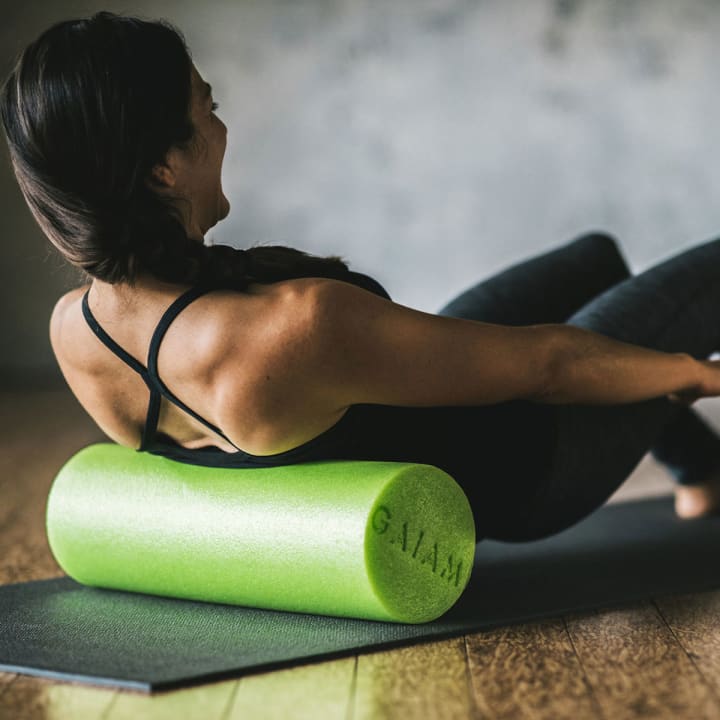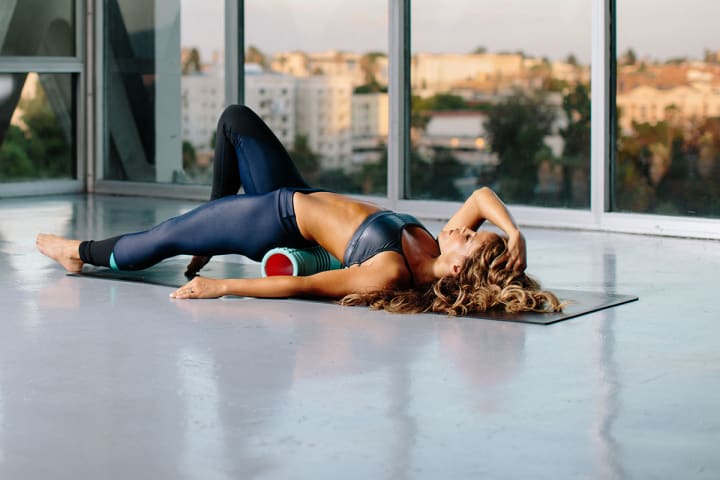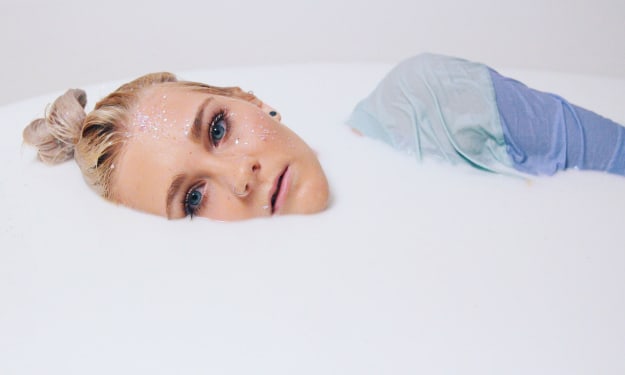Everything You Need to Know About Foam Rollers
Athletes and health buffs have been turning to foam rollers to help reduce their recovery time and to improve their capacity.

The past few years have brought about one of the most intense health movements the world has ever seen. Record numbers of gyms, fitness centers, and nutrition-based businesses have emerged, and there has been a massive social return to physical fitness. Athletes and people who tend to exercise often have been turning to foam rollers to help reduce their recovery time and to improve their capacity. If you’ve been looking for a solution for your tight muscles, find out everything you need to know about foam rollers.
Athletes, body builders, those who exercise frequently, and even people who tend to stand or sit for prolonged periods of time may suffer from tight, sore muscles or even knots and adhesions. If these muscle problems have impacted your workout, you may want to consider getting a foam roller, one of the most effective forms of self treatment for muscle tightness and adhesions.
Anyone with tight muscles has attempted to administer a self-massage, but foam rollers take this process to the next level. They allow users to administer treatment to themselves, decrease recovery time, and can even be a great support and addition to your daily workout.
Why Do We Need Foam Rollers?

Foam rollers are used to administer “self-myofascial relief,” a form of self-massage that alleviates tight, sore, or strained muscles and muscle trigger points. In the past, foam rollers were mainly used by professionals and physiotherapists, but their effectiveness has made them a popular choice for anyone suffering with these muscle ailments.
Foam rollers provide an effective way to alleviate muscle tightness and knots. You can identify points of knotted or tight muscle because there will often be a point of pain, but depending on the body part (the upper leg for example) you may be able to feel bad knots just by runnings your hands over the skin.
These knots can be helped in different ways, like getting massages, focusing on recovery stretching, and being sure to stretch before physical activity. Foam rollers allow you to administer intense massages to yourself, targeting and removing severe knots and adhesions. The foam roller creates a smooth and even point of impact, so you can evenly roll over knots in muscles, encouraging them to return to a springy, healthy and elastic state
How to Use a Foam Roller

Identify the muscles where you generally experience pain, tightness, or knots. You can make use of your foam roller in two ways. First, you can use your hands to manually roll and apply pressure to your muscles (this works best on your calves and upper legs). You can also manually roll someone else’s back or shoulders this way. Second, you can place the foam roller on the floor, resting your sore muscles on the roller. Using your own movement and body weight, move so the roller is moving back and forth over the affected area, applying moderate and even pressure.
The most commonly self-treated areas of the body are the calves, upper legs, lower back, shoulders, and upper arms. Large, wide, and regularly used muscles tend to be the most prone to these knots, and most responsive to foam rolling treatments.
You may find that different parts of the body warrant different levels of pressure, and that some of your knots and aches are more responsive to treatment than others. For best results, you can include foam rolling in your regular routine of physical activity. By treating regularly, you can be sure muscles and adhesions are addressed before they become too severe, or start impeding your movement.
Some people find it strange that the process of using your foam roller can be a little painful. If the treatment you are attempting feels wrong or overly painful, you should stop immediately. But the process does hurt a bit. Most people would say that the pain is a “satisfying” one, and is very similar to getting a treatment through massage. There may be moments where you feel uncomfortable, but you can also immediately feel the improvement to your muscles and blood rushing to the affected area.
You may find that some areas require multiple, ongoing treatments to truly release, but some knots in your muscles will begin to feel better right away. Make sure to experiment with your foam roller until you find the right position, pressure, and frequency for you. Before long, you won’t be able to imagine life without it. Before using your foam roller, you should be sure to speak with your doctor to be sure it is an appropriate treatment for the pain you are experiencing.
Why Do Foam Rollers Work?

Muscles are made up of layers. These layers, together, provide the elastic strength required to move your body. Sometimes, under pressure, these muscle layers can become tight, knotted, and bound under pressure or stress as layers become compressed or tangled. These issues are common and are addressed in part by stretching and regular exercise.
People who engage in intense exercise are more prone to these issues because their muscles are under constant demand. Modern lifestyles of prolonged sitting, standing, and unsupportive footwear make us all more prone to developing these muscle issues.
You can imagine foam rolling as the process of almost “tenderizing” your own muscles. The foam roller breaks up adhesions and restores blood flow and more flexibility. The additional blood flow will continue to encourage the knots to dissolve, even after you’ve completed your treatment.
Selecting Your Foam Roller

There are a few foam rollers to choose from, and you may need to use more than one to maximize the benefit to different parts of your body. There are three factors you should consider when selecting a foam roller to try: the width of the roller, the firmness, and the type of surface it has.
If you are just getting started with foam rolling, you want to choose something that is less dense, such as the Soft Density Foam Roller by OPTP. You’ll want a roller that has a bit of give (when you push it with your finger, you’re able to indent the material slightly). These rollers will let you get used to the sensation and practice of foam rolling without being too painful on your sore muscles. As you gain skill with foam rolling and get to know your body, you may find that a medium, or highly dense roller is good for very firm massages, or even for support during core exercises.
The majority of foam rollers are about 6" wide, but as they gain in popularity, there are more sizes available. It is best to start with a standard roller, but you may find slimmer versions (sometimes referred to as wands) to do tight spots like between your shoulders.
You might also consider a foam roller with a different texture. While many are smooth to the touch, there are some that come with textured bumps and surfaces that many say help alleviate muscles.
Our advice would be to get started with the standard, 6" foam roller. You can see how much you like it, and decide if there are other features that might work well for you.
If you exercise regularly, or tend to sit or stand for long periods at your job, you are likely familiar with sore muscles and painful muscle knots. Foam rollers are an inexpensive and easy way to address these issues. Now that you’ve covered everything you need to know about foam rollers, you can select your own and have your muscles feeling better in no time.
About the Creator
Alicia Springer
Mother of two. Personal trainer. Fitness is about determination, not age.






Comments
There are no comments for this story
Be the first to respond and start the conversation.